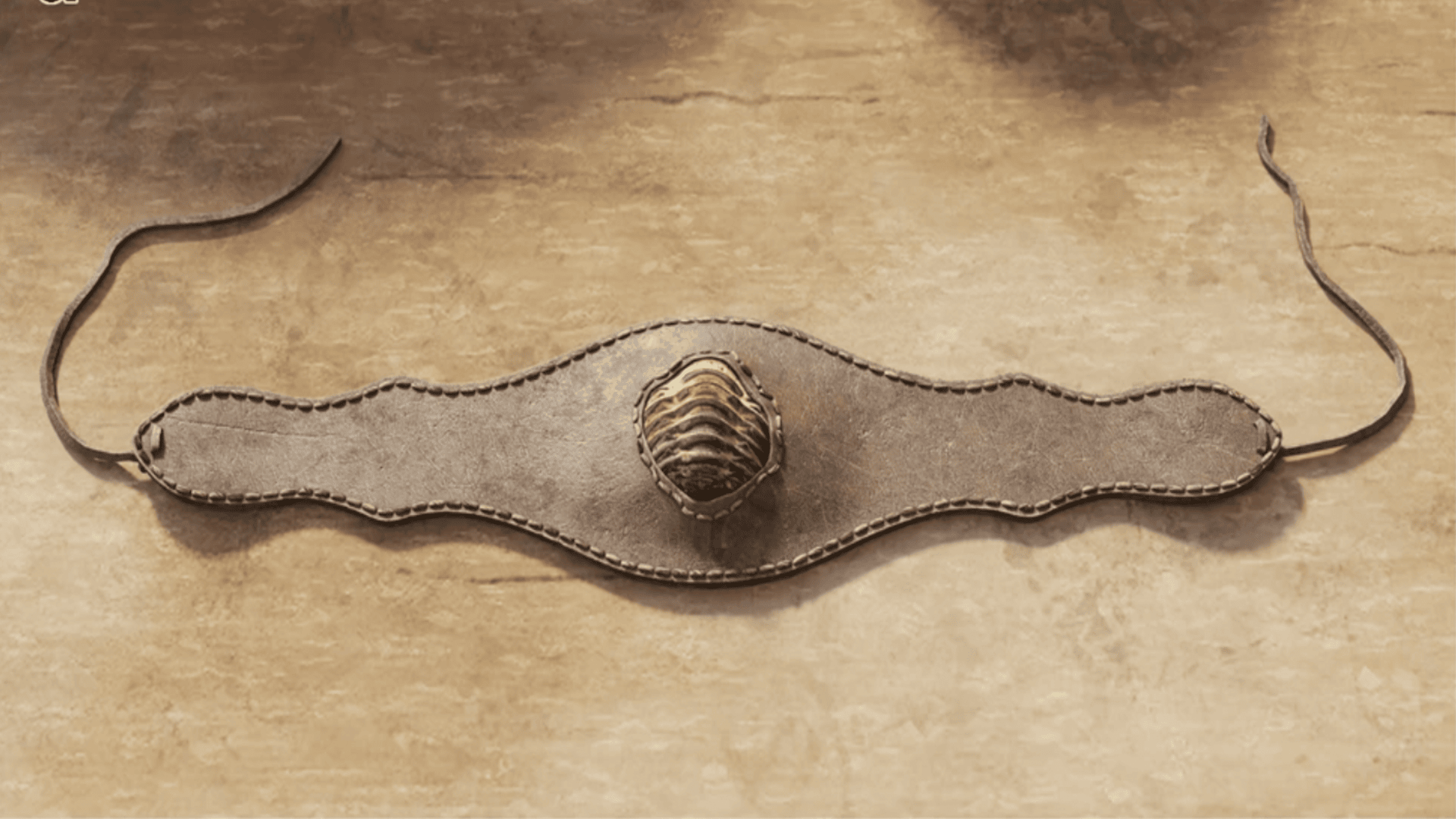The groundbreaking discovery at A Cibdá de Armea marked the first trilobite fossil ever found in an ancient Roman settlement, offering unprecedented insights into ancient beliefs about magic.
In a new study published in Archaeological and Anthropological Sciences, the 450-million-year-old fossil showcases that the Romans believed fossils carried supernatural powers that could protect them from unknown forces.
At 1.6 inches, the trilobite fossil resembled an armored beetle, which explains its significance in Roman culture.
In a series of significant firsts, study authors reported that this rare specimen was the 11th known trilobite found in an archaeological context, the first from Roman times, and the third in the global archaeological record collected by people over a thousand years ago.
A 450-million-year-old piece of Roman jewelry
The trilobite fossil was discovered in 2021 at the Roman site of A Cibdá of Armea in Spain while archaeologists excavated a series of Roman courtyard houses. In a large open room that they speculated might have been a communal space for keeping livestock, they found this ancient fossil turned amulet in a dump.
Archaeologists recovered 4,000 objects including ceramic remains and cooking wares—casseroles, dishes, pots, and jars. But they found nothing as significant as the rare fossil turned amulet.
Though the fossil itself was remarkable, what made it extraordinary, according to Ancient Origins, is that humans modified it. Researchers identified seven “artificially worn facets” on the fossil’s underside. It was deliberately worn, in other words.
As study authors wrote, fossils have held special significance as ritual objects, ornaments, and jewelry throughout time. In some cases, they’ve even been imbued with magical powers.
In Greek and Roman times, vertebrate fossils such as large bones and teeth were considered the remains of giants, mythic heroes, cyclopes, or dragons. However, until now, an example of cultural practice had never been found in Roman archaeological contexts.
What was it used for?
As the fossil ended up here, somehow, in a province in Spain, archaeologists understand that it clearly traveled great distances along Roman trade routes, indicating that this trilobite in particular held real value. It must have been as rare and precious an object back then as it is now.
Belonging to the genus Colpocoryphe, a group that lived during the Ordovician age, finding a physical example of this prehistoric creature was already rare, as few exist, let alone one that had been integrated into the culture.
Though researchers could not confirm what it was used for, they propose that it might have simply been worn as jewelry. The facets might suggest it was mounted to a piece of leather or worn as an amulet.
However, as it was found in courtyard houses, perhaps it sat on a household shrine as an offering. It was located near an inscription MAXSIMVS, suggesting a possible role played in a ritual context in a high-status Roman residence, as per Ancient Origins.
But then, times evidently changed. The amulet was dumped to be found again and recognized as the true treasure it is.
Read the study in Archaeological and Anthropological Sciences.
